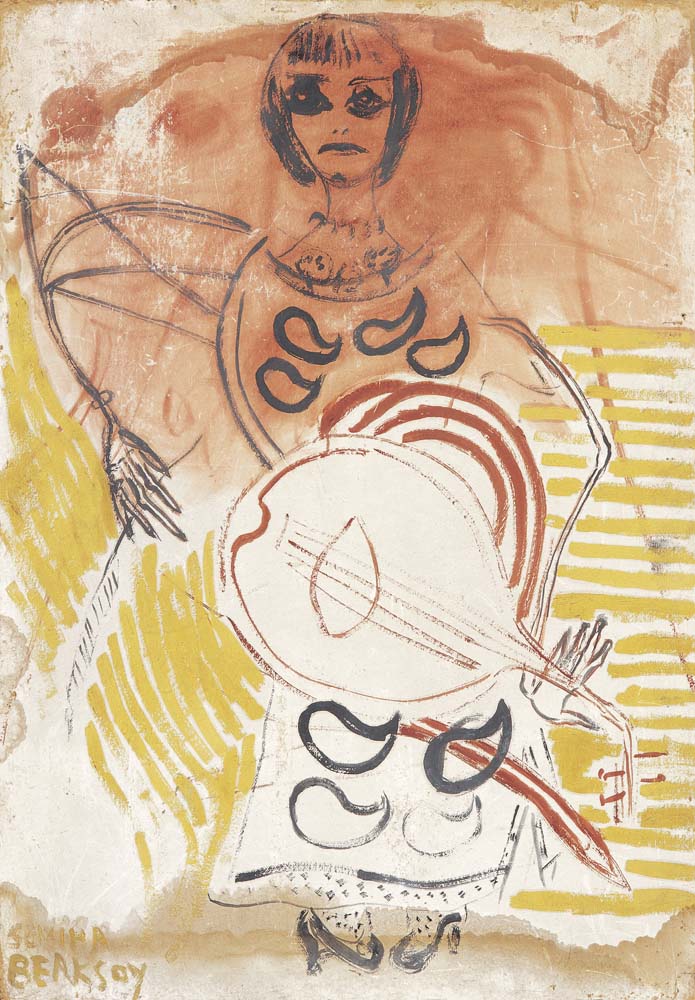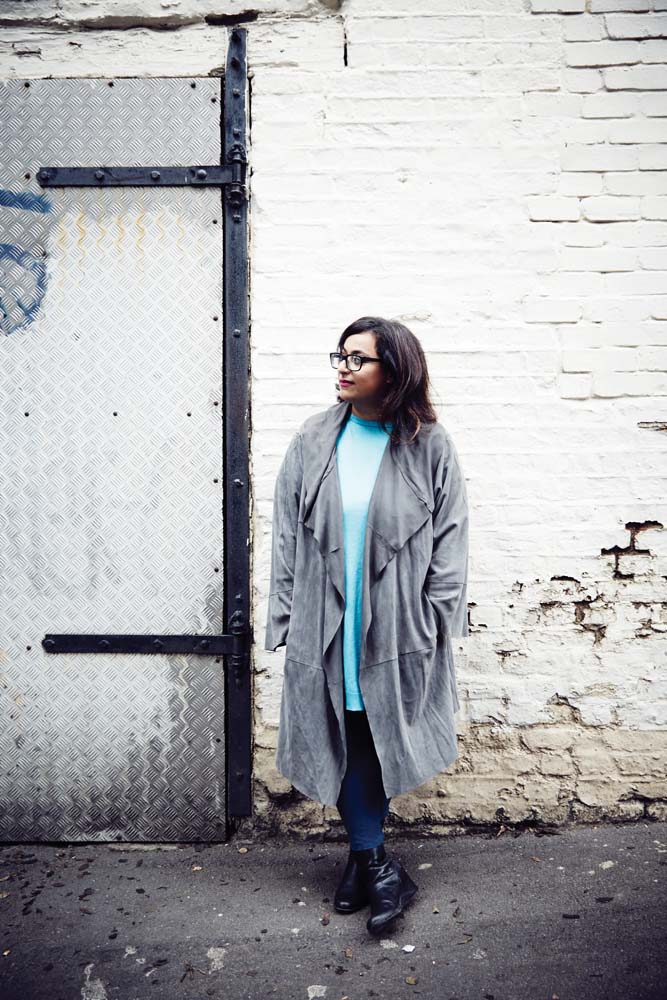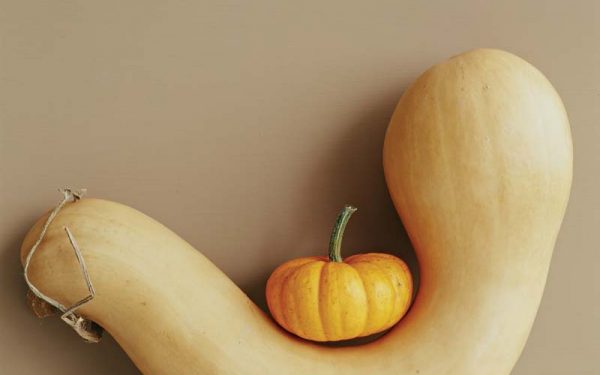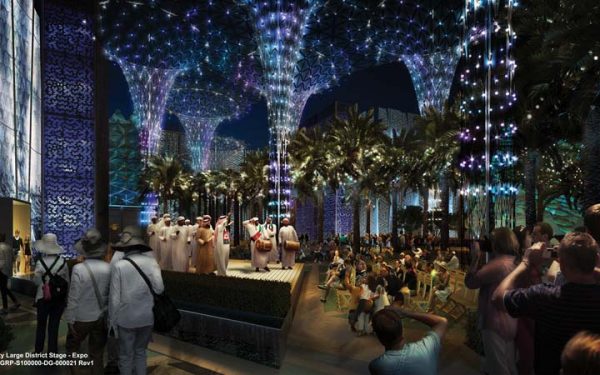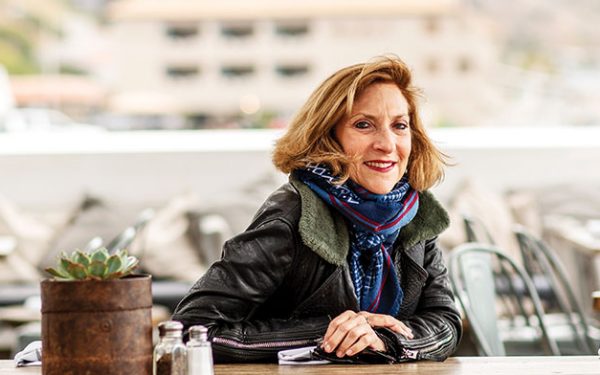Sheikha Hoor Al Qasimi has led the programming of the Sharjah Biennial since 2003. An artist herself, she tells us why she’s looking forward to the 14th edition of the UAE’s longest-running contemporary art event, which kicks off on 7 March.
You’re in a perfect place to tell us how Sharjah Biennial has changed and developed over the years. What’s special about this year?
It’s grown substantially, in terms of scale, scope and reputation and ranks among the top ten biennials worldwide, alongside the Venice Biennale. This year, with three curators, nearly 90 artists and over 60 major new commissions, we will break important new ground. Curators Zoe Butt, Omar Kholeif and Claire Tancons will each present their own distinctive platform under the overall Sharjah Biennial 14 theme. On view at venues across the city and emirate of Sharjah, the three exhibitions will feature works by local, regional and international artists.
Can you explain the “Leaving The Echo Chamber” theme?
In popular culture, the term ‘echo chamber’ is a metaphor for an environment in which people encounter only beliefs or opinions that coincide with their own. Existing views are reinforced and never challenged; alternative ideas are not considered or even seen.
Sharjah Biennial 14 does not propose ‘how to leave’ this context, but rather will explore how the shape, form and function of this ‘echo chamber’ might be renegotiated. It will ask how people can demand alternative information when news is spoon-fed by a monopoly of sources and explore how and why people can expand their personal narratives and points of view.
What are you most looking forward to yourself?
I look forward to the Biennial’s accompanying education programme, which engages with local community members of all ages and skill levels through a variety of themed workshops, courses and other activities. I love seeing families and children of all backgrounds participate in our workshops, all of which are free and open to the public.
How does Sharjah Biennial fit into the international art scene?
Every two years, the opening of the Sharjah Biennial occurs alongside the annual March Meeting, a convening of local, regional and international curators, artists, scholars and other art industry professionals who explore topical issues in contemporary art through a public programme of talks and performances. March Meeting creates opportunities for networking and building connections across countries, cultures and practices.
What do you hope people take away from the Biennial this year?
As they come to Sharjah from all over the world, the Biennial artists will bring with them stories that resonate in different ways. They will share their wide-ranging experiences to create means of connecting and sustaining a collective humanity. I hope audiences will reflect on the artists’ works in light of their own and others’ cultural histories.
